Free Shipping on Selected Items
- Heyn News
- Protecting Lives at Height: Why Fall Arrest Systems Are Essential for Workplace Safety
Engineering
Protecting Lives at Height: Why Fall Arrest Systems Are Essential for Workplace Safety
Working at height remains one of the leading causes of fatalities and serious injuries in the workplace. According to the Health and Safety Executive (HSE), falls from height accounted for a quarter of all workplace deaths in recent years. Installing and maintaining fall arrest systems isn’t just a matter of compliance - it’s a matter of saving lives.
Why Installing a Fall Arrest System Is Non-Negotiable
Fall arrest systems are designed to protect workers from the consequences of an accidental fall. Whether on a construction site, performing routine maintenance, or accessing rooftop equipment, any environment where a worker could fall from a height must be assessed and properly protected.
A well-designed fall arrest system:
- Prevents serious injury or death by halting a fall in progress.
- Demonstrates compliance with UK legislation such as the Work at Height Regulations 2005.
- Protects employers from liability and reputational damage.
- Promotes a culture of safety, encouraging workers to follow safe practices and use provided PPE correctly.
Understanding the Types of Fall Protection Systems
Choosing the right fall protection system is critical and should be based on a thorough risk assessment of the working environment. As outlined by experts like Heyn Engineering, the most commonly used systems fall into three categories:
- Fall Restraint Systems
These systems prevent workers from reaching areas where a fall could occur. They are ideal for scenarios where the edge is visible and accessible. Fall restraint is typically seen as a safer option than fall arrest, as it eliminates the risk of falling altogether.
Key components: harness, lanyard of fixed length, and fixed anchor point.
2. Fall Arrest Systems
Designed to stop a fall that has already begun, fall arrest systems allow greater freedom of movement but require careful planning, as they must safely arrest the fall and minimise the impact force on the user.
Key components: full-body harness, energy-absorbing lanyard or SRL (Self-Retracting Lifeline), and secure anchor.
3. Collective Fall Protection (e.g., Guardrails)
These systems protect all workers without the need for PPE or training and should always be considered first in any hierarchy of control.
Key Considerations When Selecting a System
Heyn Engineering recommends evaluating the following:
- Environment – indoor/outdoor, exposure to corrosive elements, temperature fluctuations.
- Frequency of use – occasional vs. daily.
- Access points – vertical, horizontal, inclined surfaces.
- Rescue plan – how quickly and safely a worker can be retrieved in the event of a fall.
Legal Obligations Under the Work at Height Regulations
Under the Work at Height Regulations 2005, employers have a duty to:
- Ensure all work at height is properly planned and supervised.
- Use the right type of equipment for the job.
- Provide training and instructions to workers.
- Ensure that fall protection equipment is inspected regularly and maintained to a high standard.
Regular Inspection: The Silent Hero of Fall Protection
Even the best-designed system is only effective if it’s functioning correctly. According to Heyn Engineering, fall protection systems should undergo:
- Pre-use checks by the user
- Formal inspections at regular intervals—typically every 6 to 12 months depending on the environment and manufacturer recommendations.
- Thorough testing of anchor points, lifelines, and harnesses by qualified professionals.
Neglecting these inspections can result in catastrophic failure, even if the system appears intact.
In Summary
Installing a fall arrest system is not just about ticking a regulatory box—it’s about ensuring that every worker goes home safely at the end of the day. With options ranging from restraint and arrest to collective protection systems, the correct choice should be based on risk, frequency, and working conditions. And crucially, no system is complete without a robust schedule of maintenance and inspection.
Partnering with a trusted provider like Heyn Engineering, who offer bespoke fall protection and access solutions, ensures that your system is both compliant and tailored to your unique environment.
Latest
Latest Posts
Keep up to date with the latest industry news, Heyn Articles and going's on
View all posts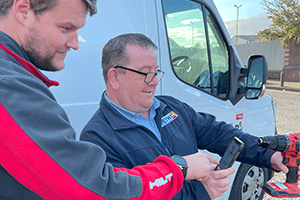
09 March 2023
Heyn Engineering using Hilti tools and consumables for maximum proficiency
Heyn Engineering are delighted to partner with Hilti across their tooling fleet programme and more recently with the Hilti ON! Track management system.
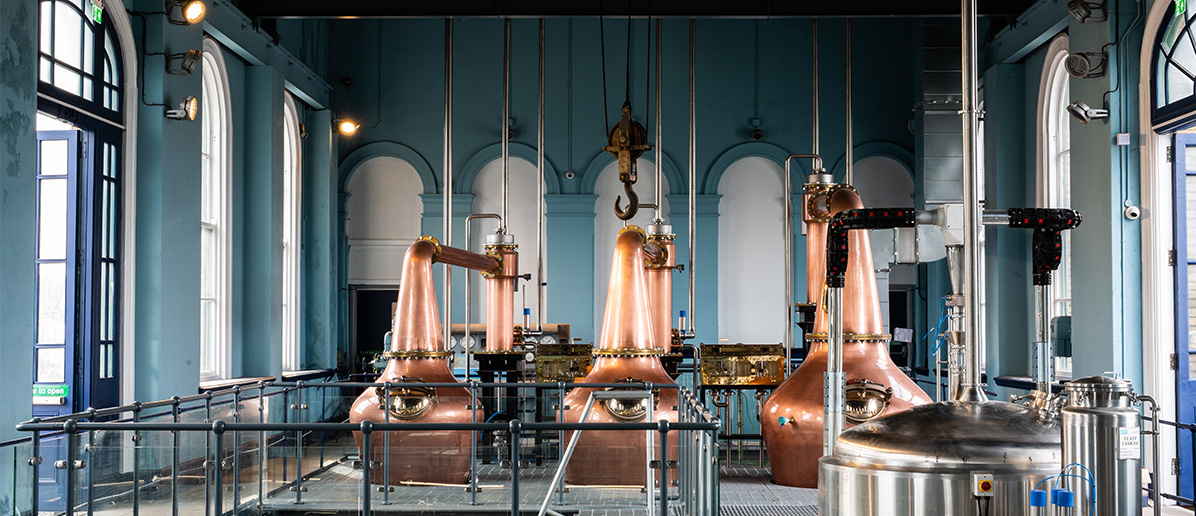
10 July 2023
Heyn Engineering team tests the original crane in Titanic's Pump House ahead of huge transformation
Heyn Engineering has recently been honoured with the job of testing the original crane which rests in the Pump House at Titanic’s Dock in the Titanic Quarter on behalf of Titanic Distillers. Titanic Distillers produce a premium Irish whiskey that is now sought after worldwide and is a testament to the ever-growing popularity of Irish whiskies today.

28 August 2023
Heyn Forktruck receives award for success with HELI Forklifts
"Celebrating Success: Heyn Forktruck Awarded for Outstanding Achievement with HEL. Discover how our expertise in material handling led to this prestigious recognition. Learn about our commitment to excellence in forklift solutions at Heyn."
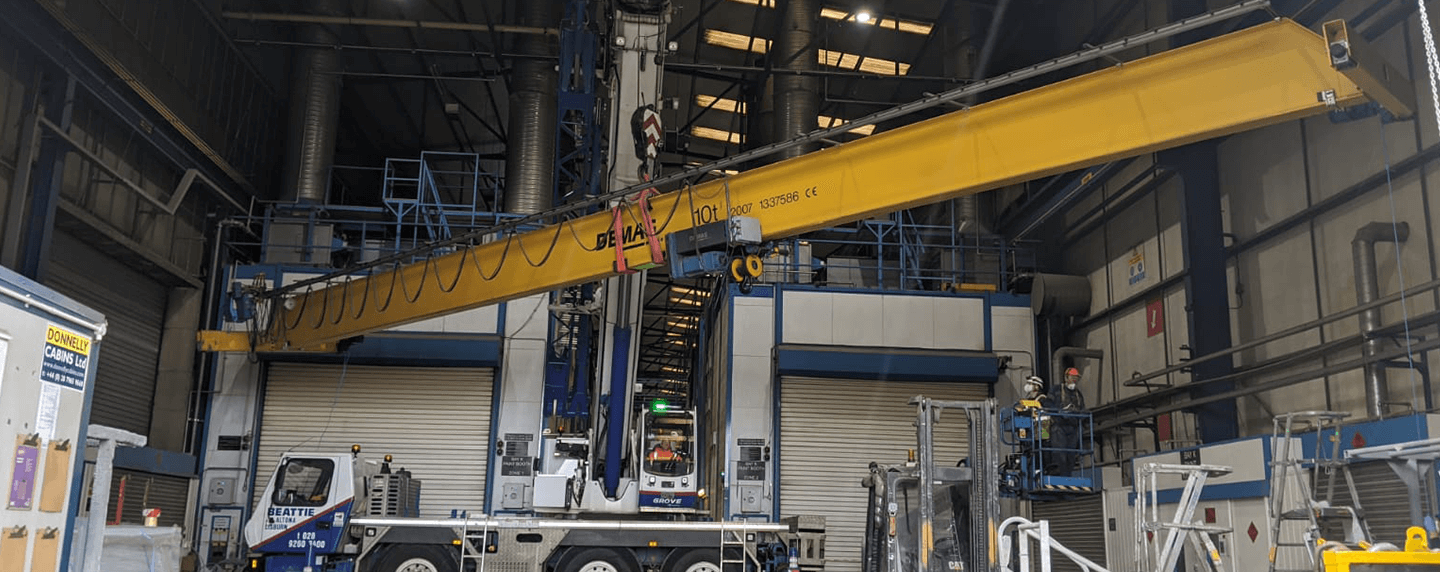
28 August 2023
The Top 3 Reasons Why a Manufacturing Business Should Invest in Overhead Rigging Systems
"Discover the Benefits: Top 3 Reasons Why Manufacturing Businesses Should Consider Automation. From enhanced efficiency to cost savings, explore the advantages of automation for your manufacturing operations. Learn more at Heyn and optimize your business for success."
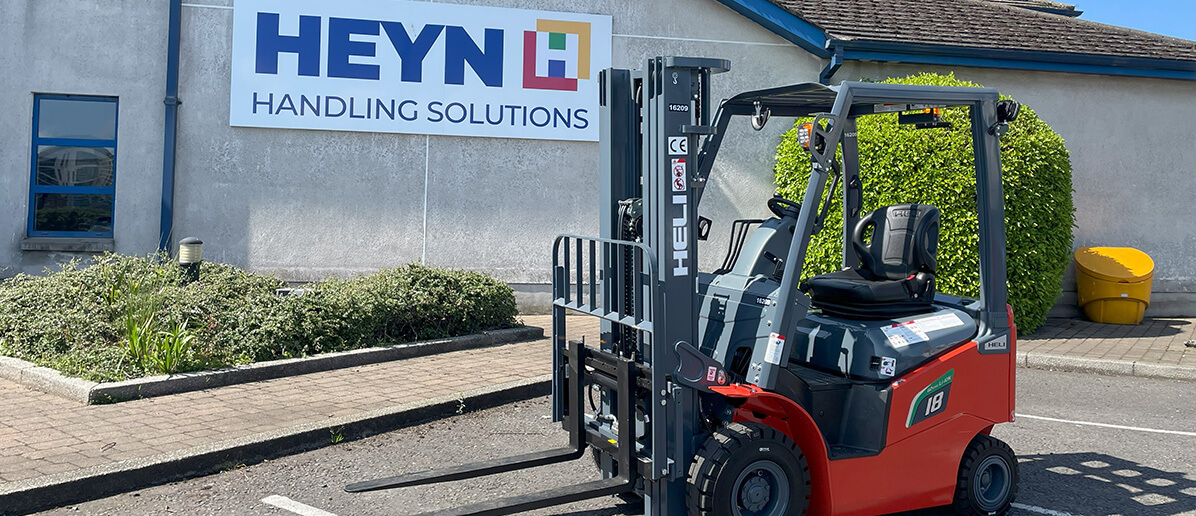
28 August 2023
The Advantages of Switching to a Heli Lithium-Ion Battery-Powered Fork Truck
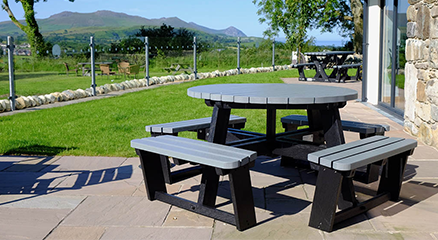
28 August 2023
Promoting Eco-Friendly Practices: Embracing Recycled Plastic Products in Public Areas
Embrace Recycling and Eco-Friendly Practices. Discover the Importance of Recycling Initiatives and Sustainable Choices. Join Heyn in Promoting a Greener Future for Businesses and Communities.
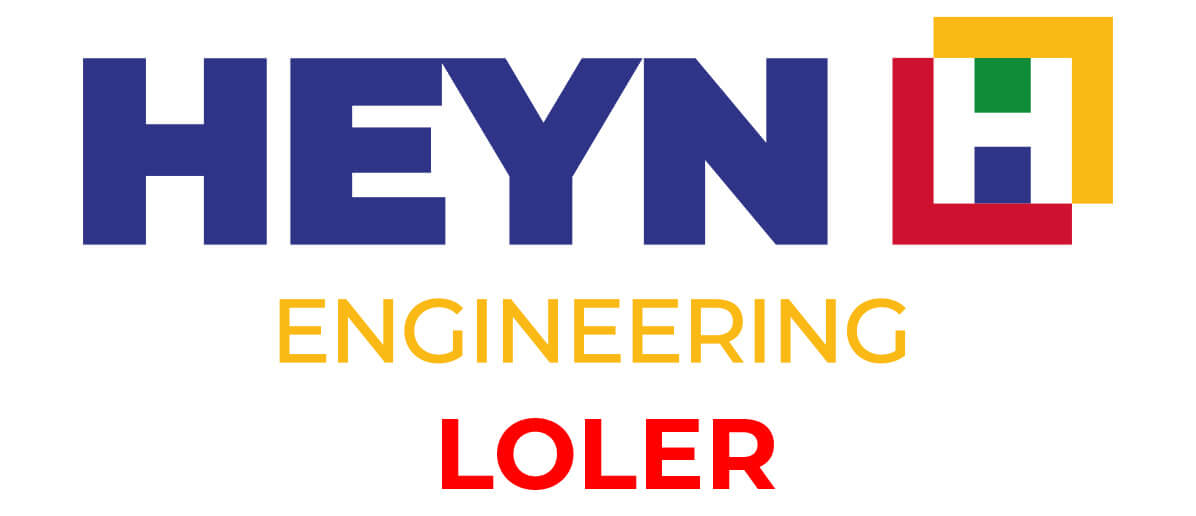
28 August 2023
Ensuring Safety and Productivity: Heyn Engineering's Certifying Programme LOLER for High-Quality Load Lifting Equipment
Prioritising Safety and Productivity: Heyn Engineering's Commitment Unveiled. Discover How Our Expertise Enhances Workplace Safety While Boosting Operational Productivity. Learn More About Heyn's Engineering Excellence and Innovative Solutions.
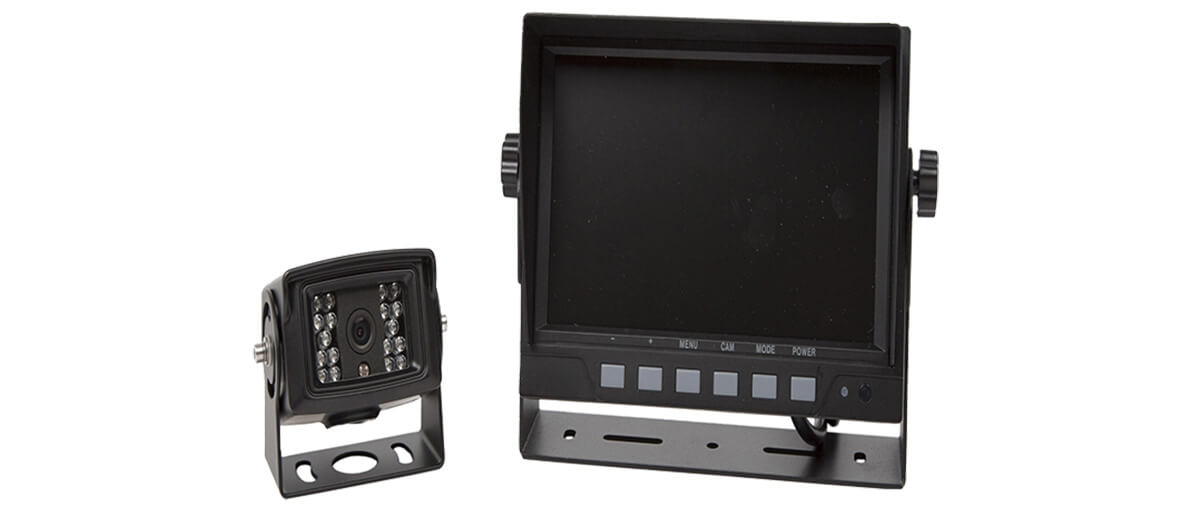
28 August 2023
Enhancing Efficiency and Safety: The Benefits of Installing a Wireless Forklift Camera to Your Truck

28 August 2023
Heyn Forktrucks: Pioneering Cost-Effective Electric Forklifts Throughout Northern Ireland
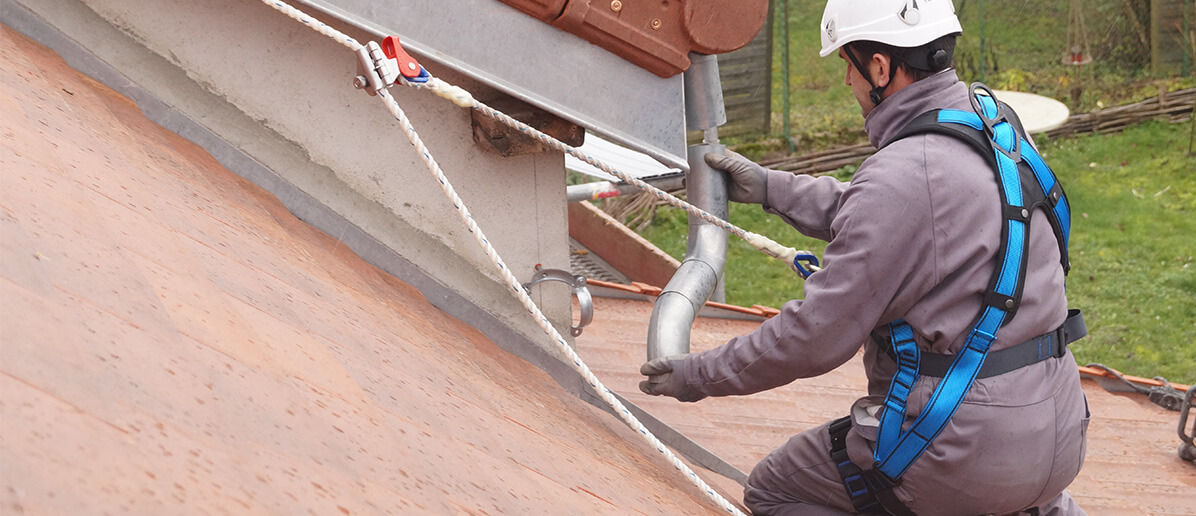
28 August 2023
Congratulations on embarking on a career in engineering!

29 August 2023
HSE Guidance - No Grace Period for LOLER Testing
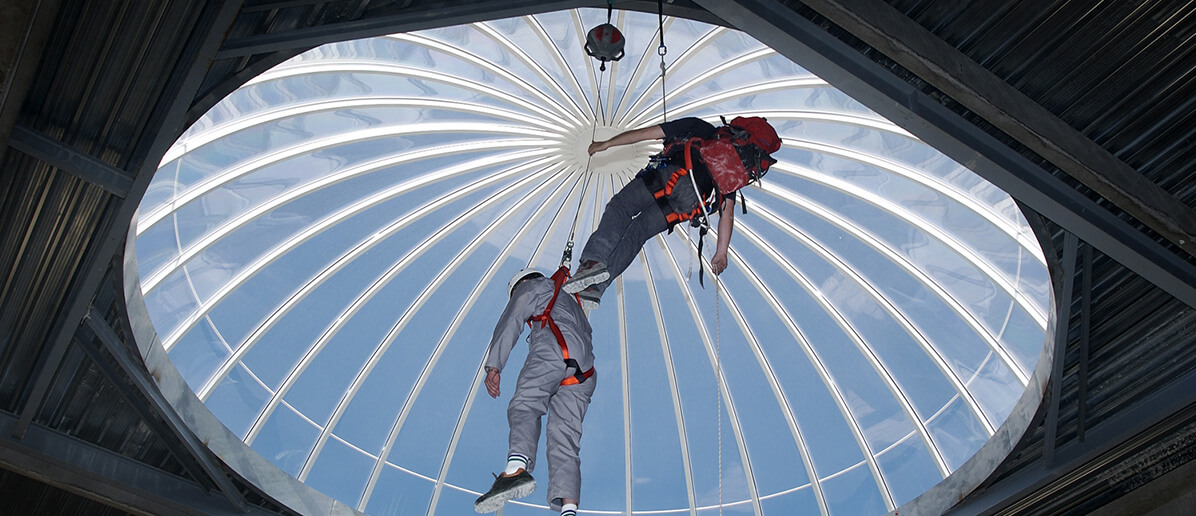
29 August 2023
Identifying the Lifespan of your Tractel Height Safety Equipment

29 August 2023
Our guide to looking after and maintaining your Diesel/LPG Forklift truck

30 August 2023
Heyn's Warehouse Safety Tips

30 August 2023
Webbing Slings versus Round Slings…what are the differences?
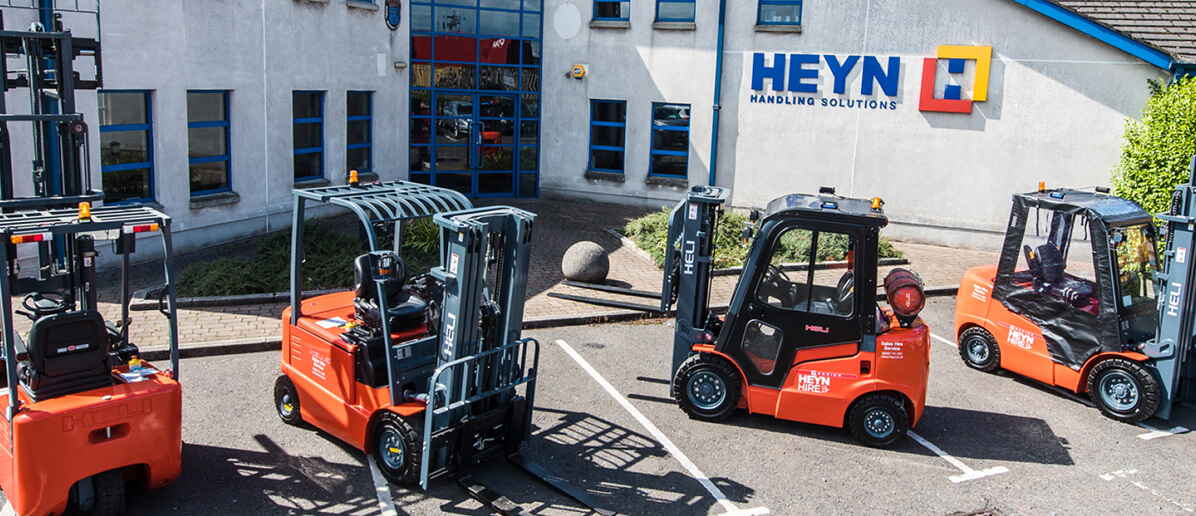
30 August 2023
Heyn Forktrucks – Exclusive Heli Dealers for Northern Ireland
Explore the Power of Heli Forklifts in Northern Ireland. Discover Reliable and Efficient Material Handling Solutions with Heyn. Stay Updated with Latest Forklift Insights and News
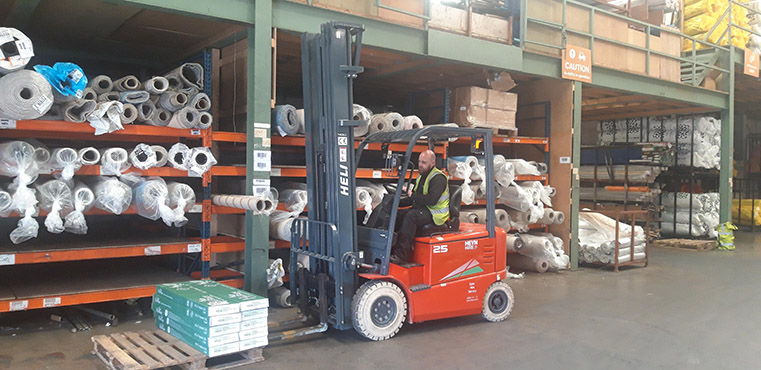
05 September 2023
Flanagan Flooring Welcome Five New Heli Trucks To Their Fleet
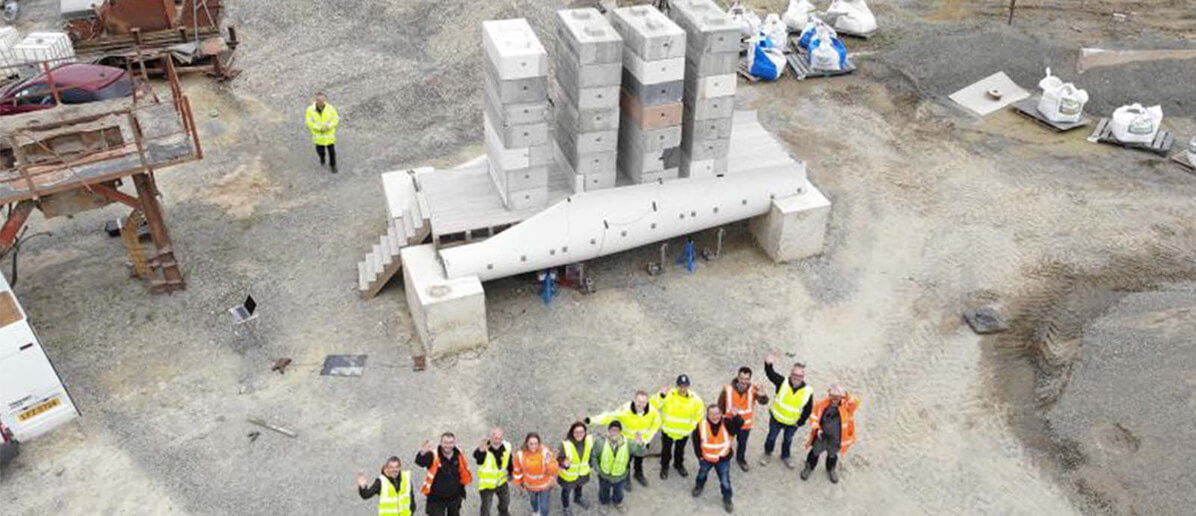
14 September 2023
Transforming Wind Turbines into Sustainable Footbridges: A Remarkable Innovation by Queen's University Belfast
Read how engineers at Queens University Belfast are transforming wind turbine blades, which are set to be landfilled or incinerated, into footbridges that can hold the weight of a 30-tonne digger.
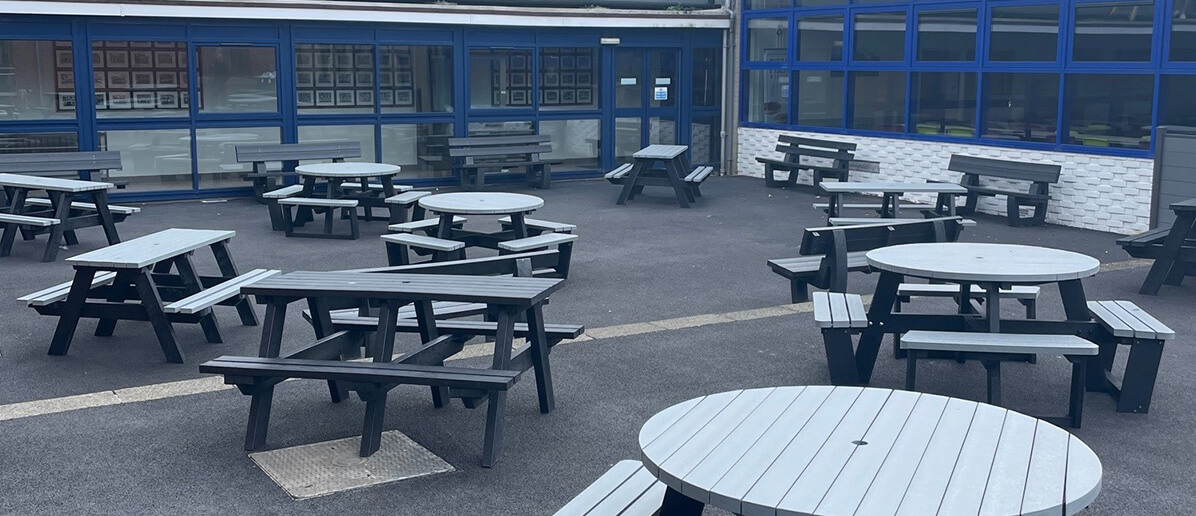
16 October 2023
Enhancing Outdoor Learning Spaces with Heyn Environmental and Recycled Plastic Furniture
Heyn Environmental are partnering with schools across Northern Ireland to promote outdoor learning and improving their outdoor spaces

13 November 2023
Height Safety Harnesses – how to choose the correct one and fit it safely

14 November 2023
VErope Special Wire Ropes in Northern Ireland

28 November 2023
Heyn's Top Tips for Rainproofing Your Forklift Truck
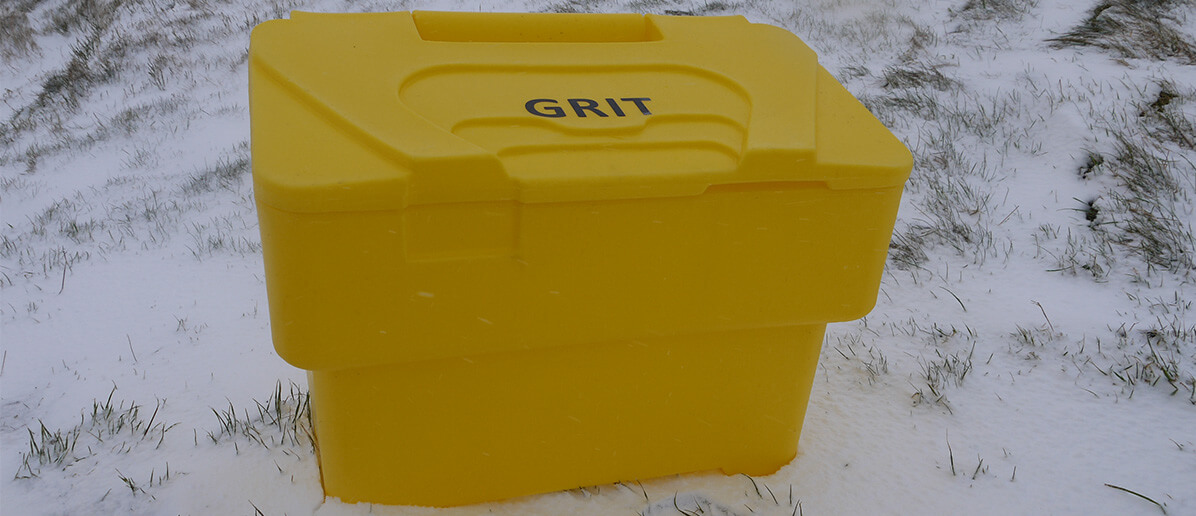
29 November 2023
The Crucial Role of Grit, Salt, and Spreaders: Preparing Businesses for Winter
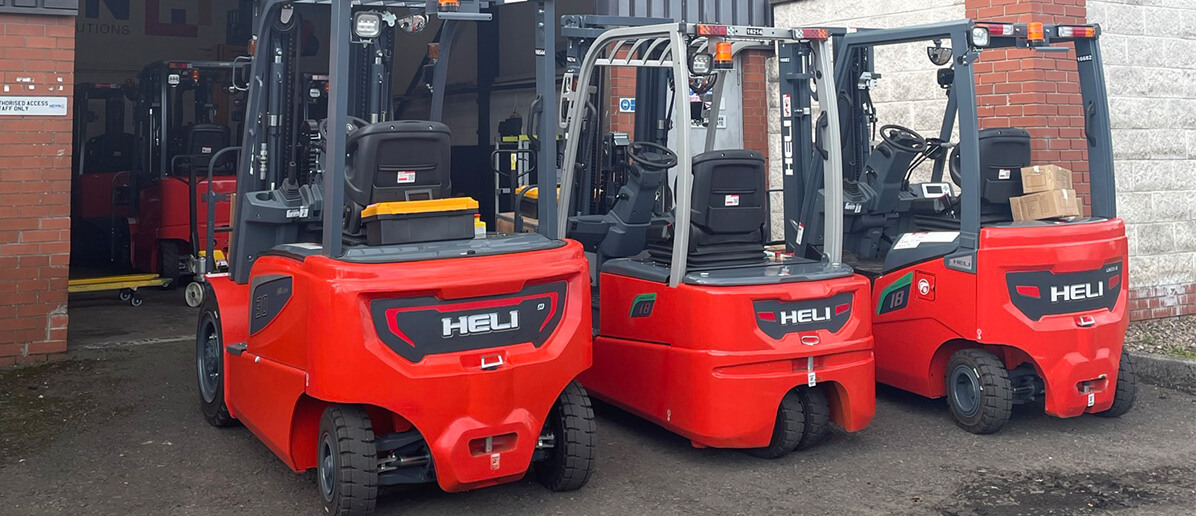
29 November 2023
Prepare Your Forklift For The Winter Season
08 December 2023
Christmas 2023
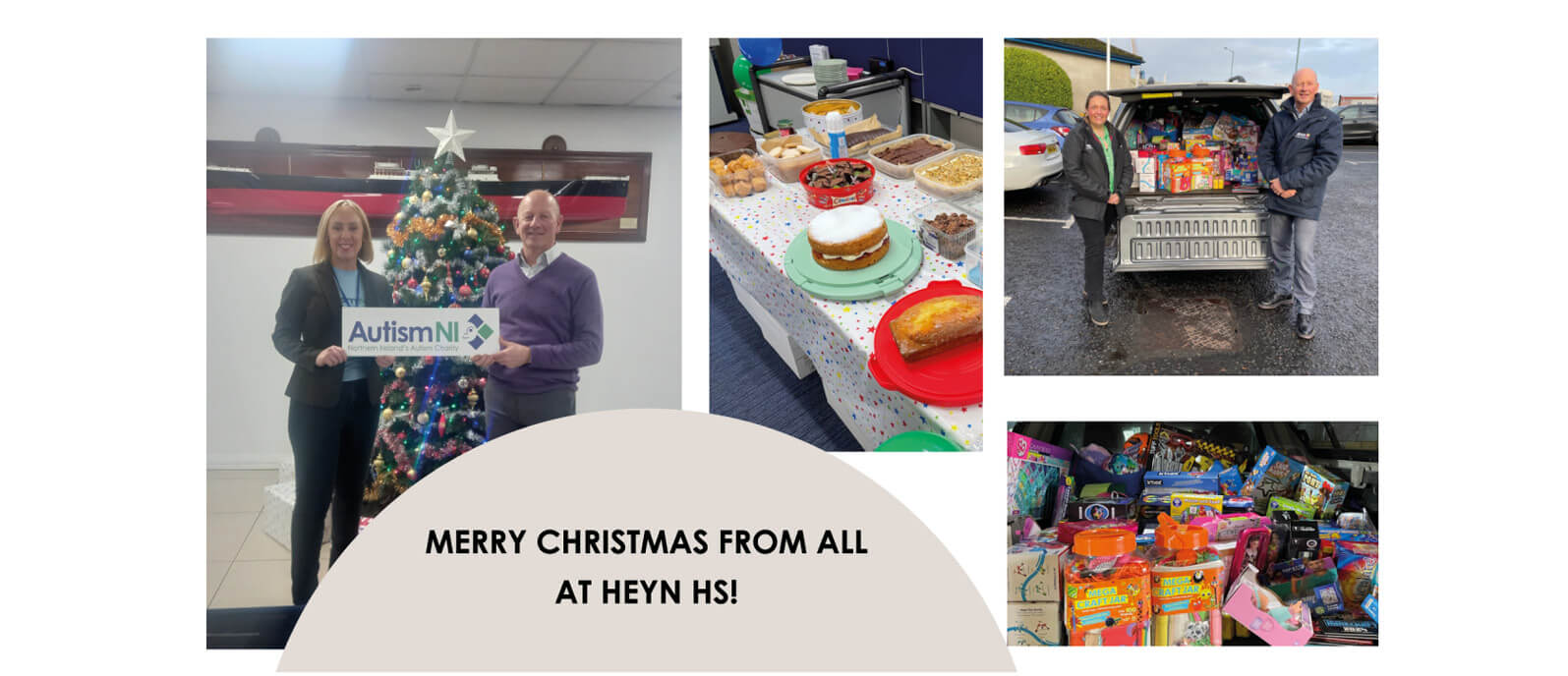
21 December 2023
Merry Christmas from all at Heyn HS
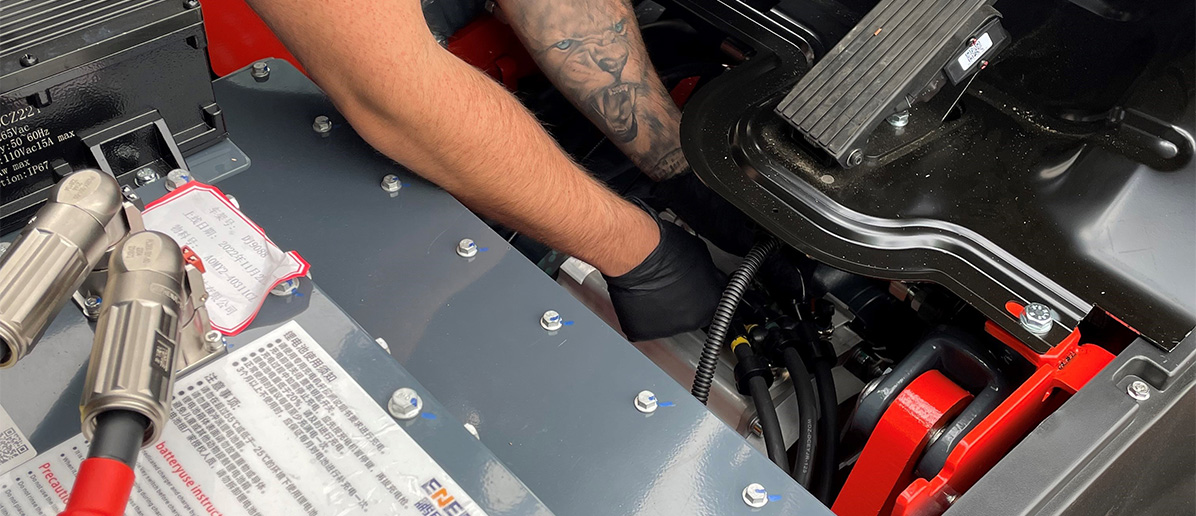
10 January 2024
Forklift Truck Maintenance
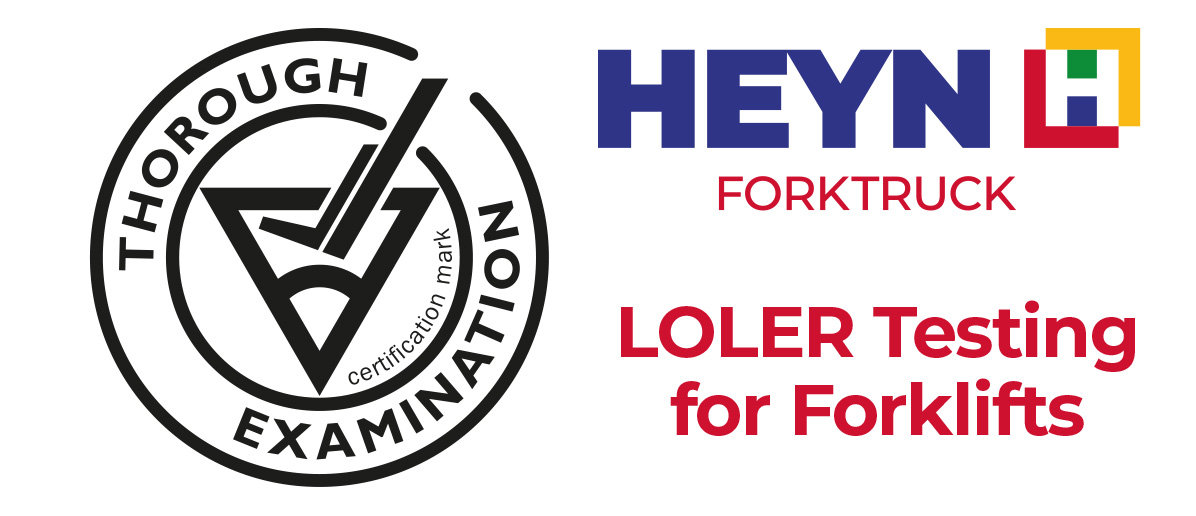
16 January 2024
Thorough Examination Services

21 February 2024
Heli Lithium-Lite Forklift Range
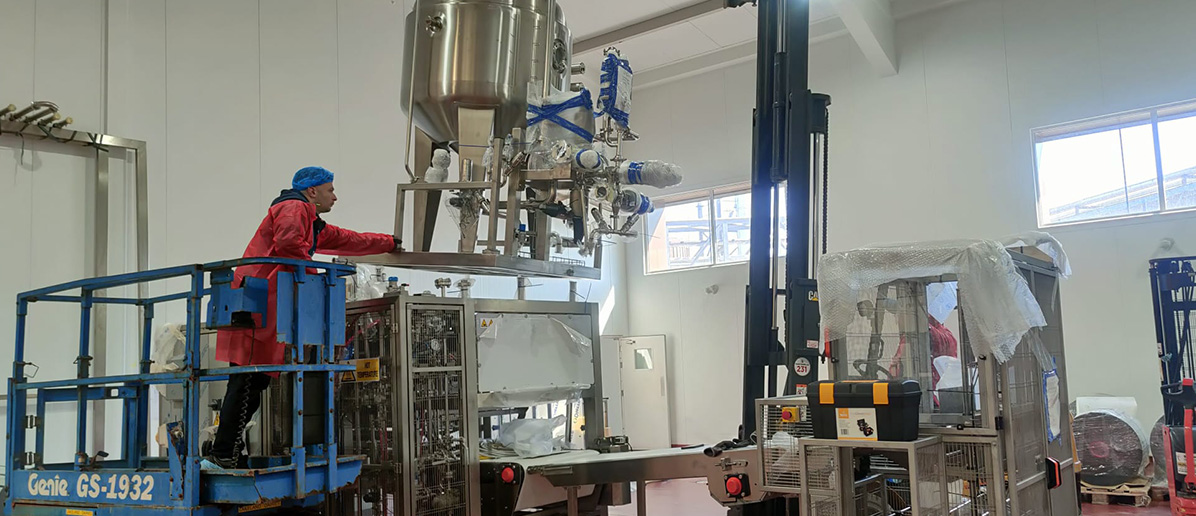
04 March 2024
Machine Movers & Riggers – What Do They Do?
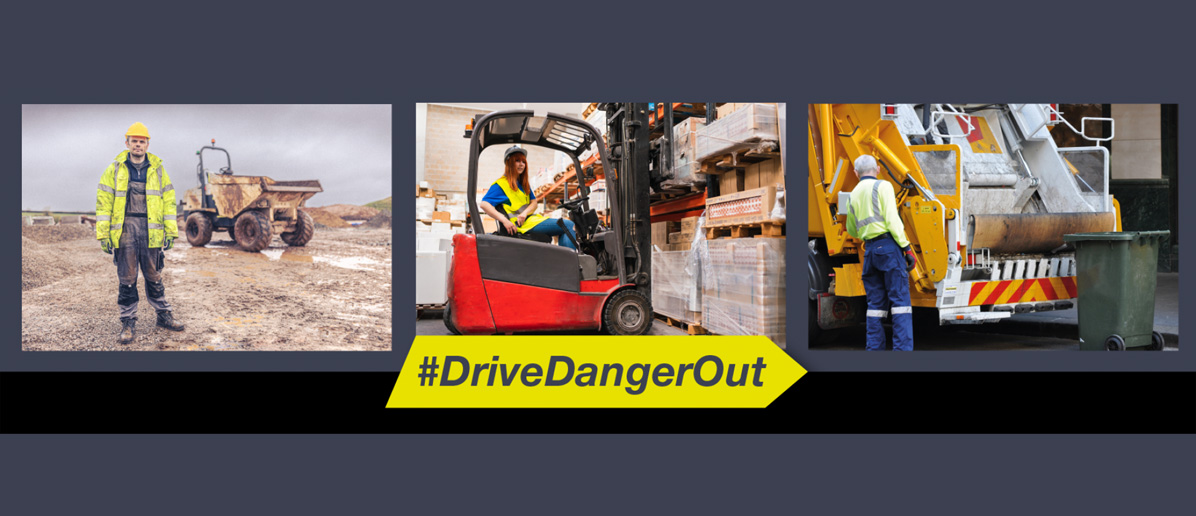
07 March 2024
HSENI launch a campaign for safe driving on construction sites as part of #DriveDangerOut.
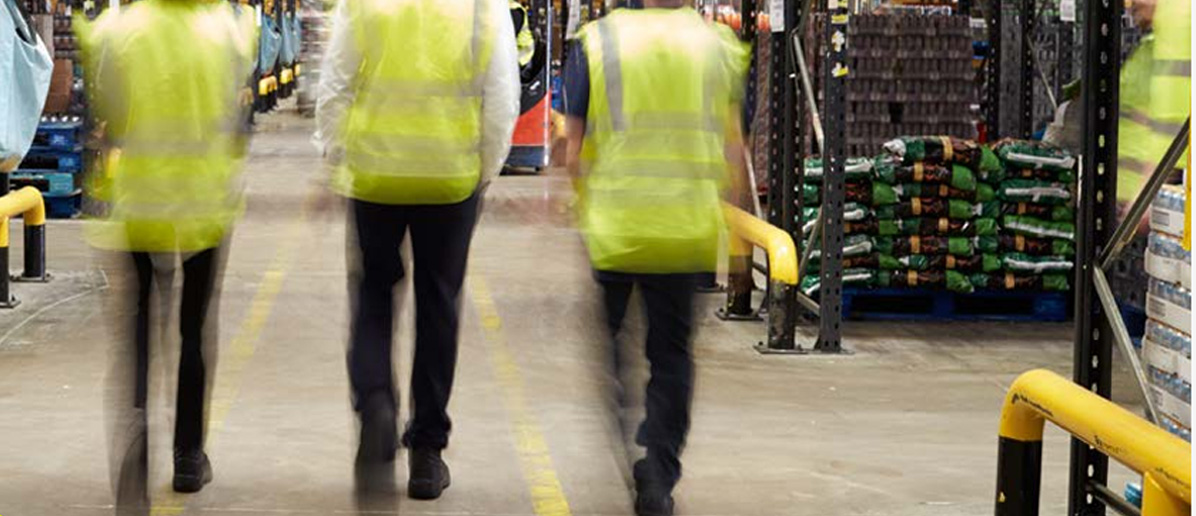
12 March 2024
Keeping Pedestrians Safe in the Workplace
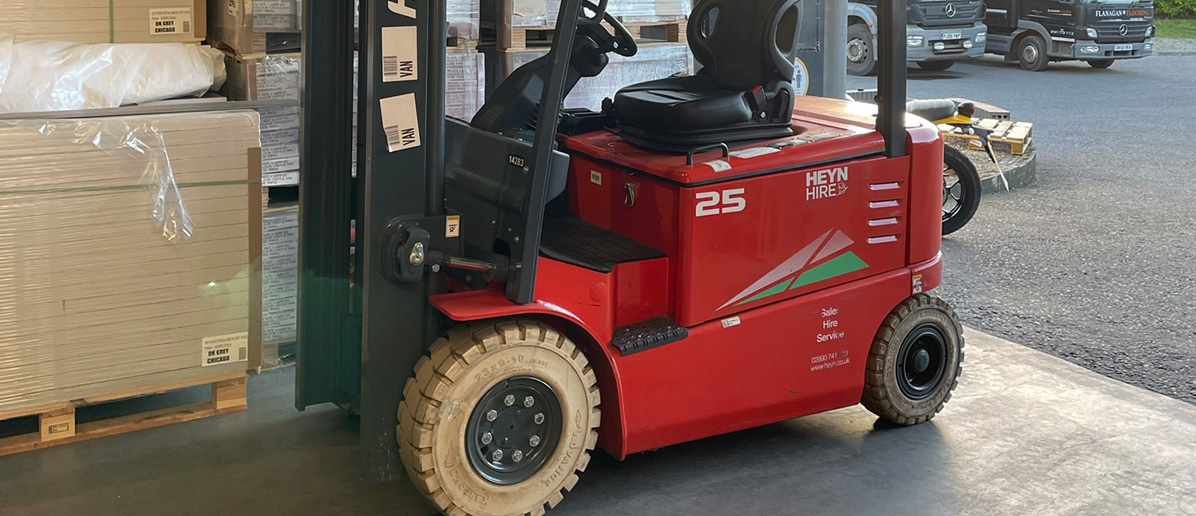
12 March 2024
Safeguarding Lives: Prioritising Safe Use of Lift Trucks in the Workplace

15 March 2024
Optimising Workplace Safety and Efficiency with Heyn Forktrucks and Engineering Services
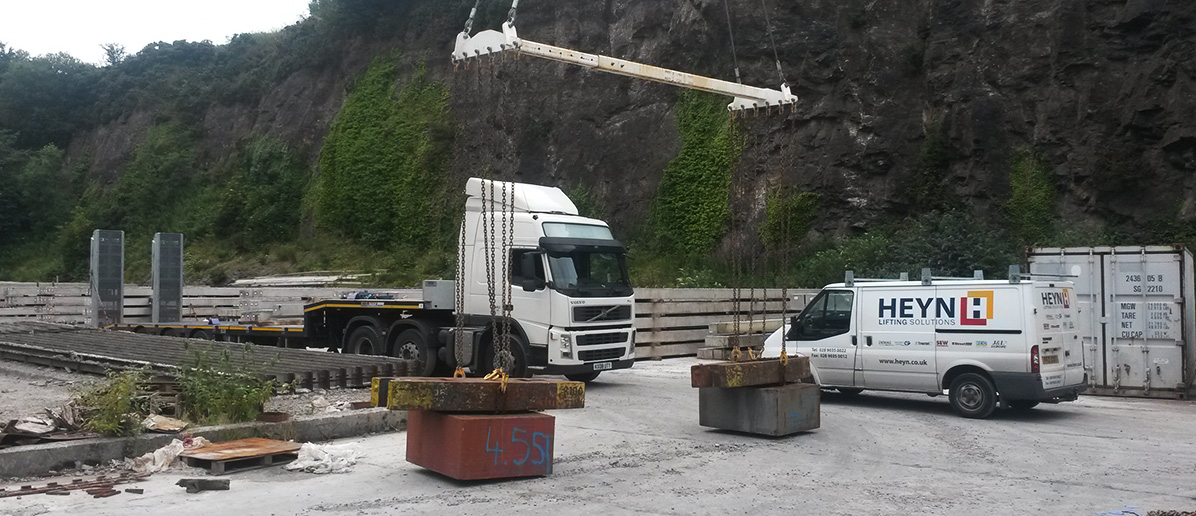
18 March 2024
Ensuring Workplace Safety: The Crucial Role of Testing Lifting Equipment

17 April 2024
Welsh Government Introduces New Workplace Recycling Legislation

22 April 2024
How UK Companies Can Embrace Recycling to Combat Plastic Pollution in the Workplace
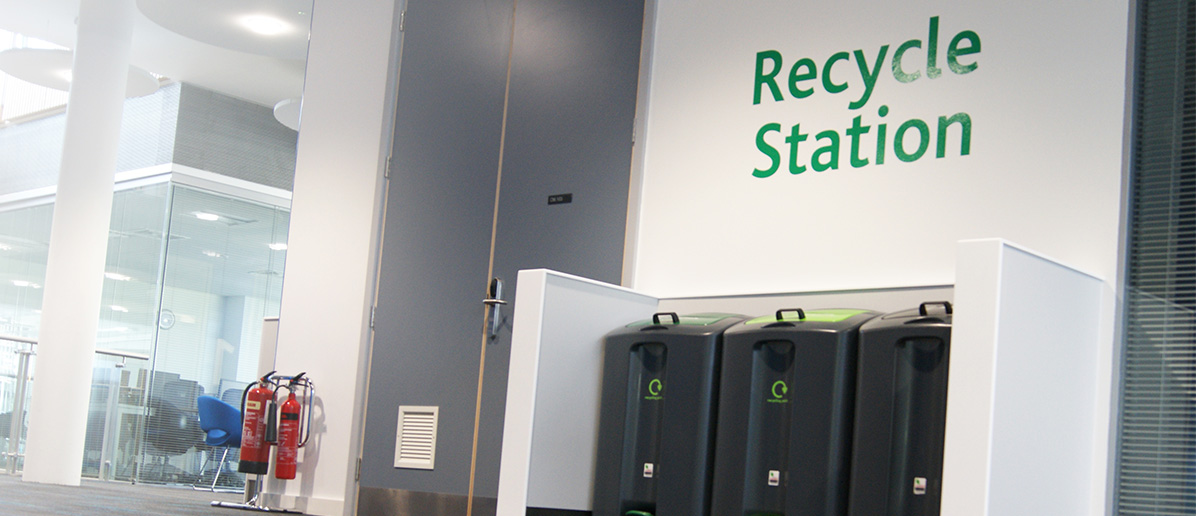
15 May 2024
Simpler Recycling in England- A Brief Overview
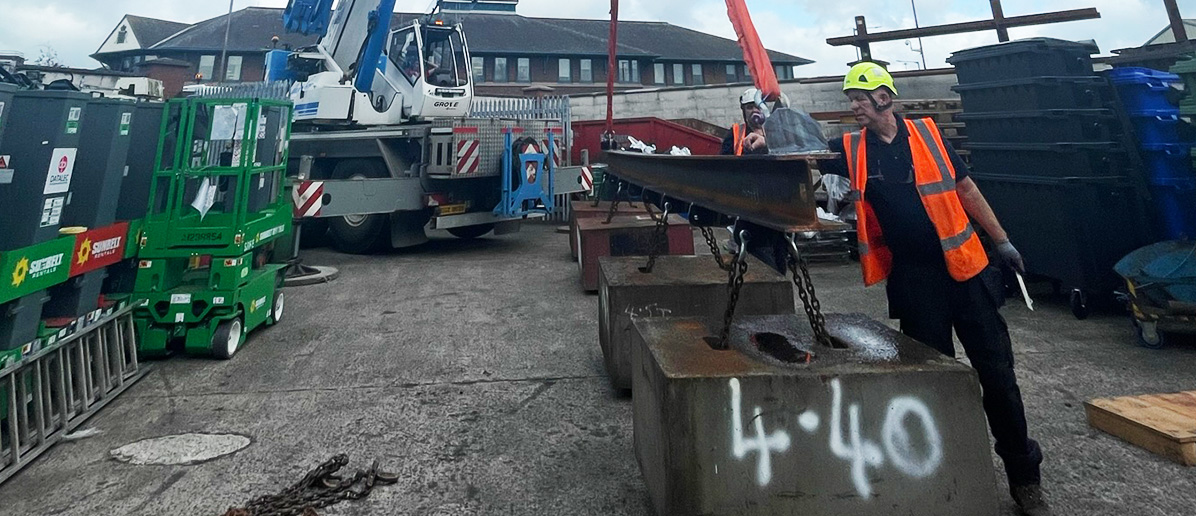
28 May 2024
We have developed an online LOLER inspection and certification system
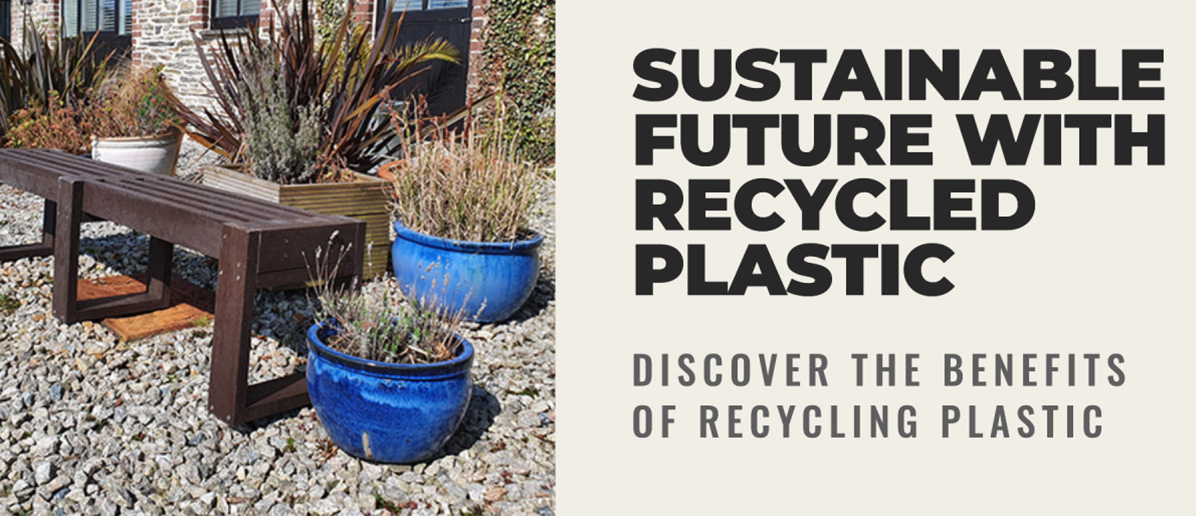
07 June 2024
The Benefits of Recycled Plastic: A Sustainable Solution for the Future
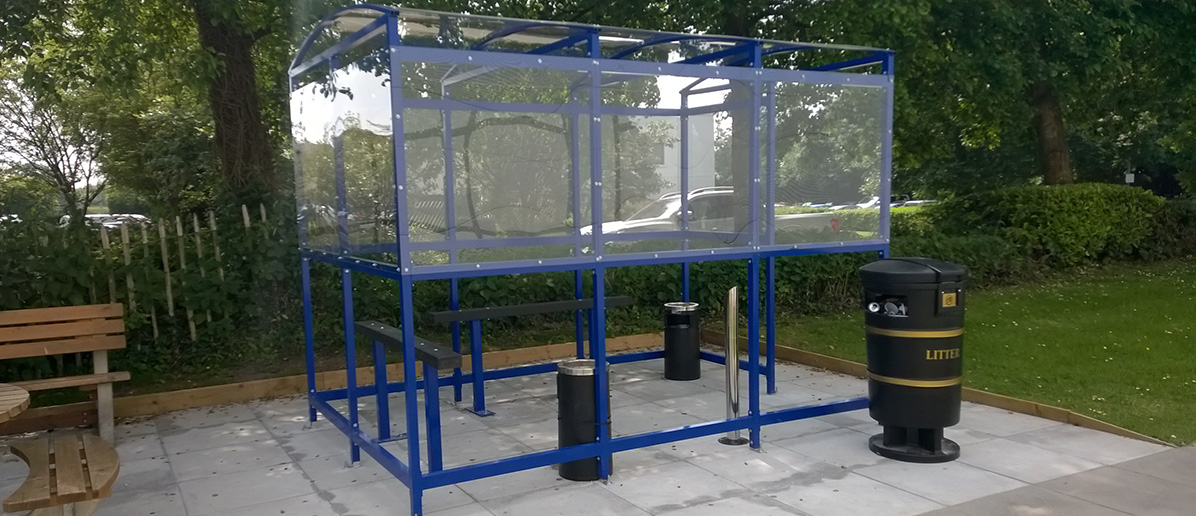
07 June 2024
The Smoking Ban and Workplace Compliance: A Guide for Businesses
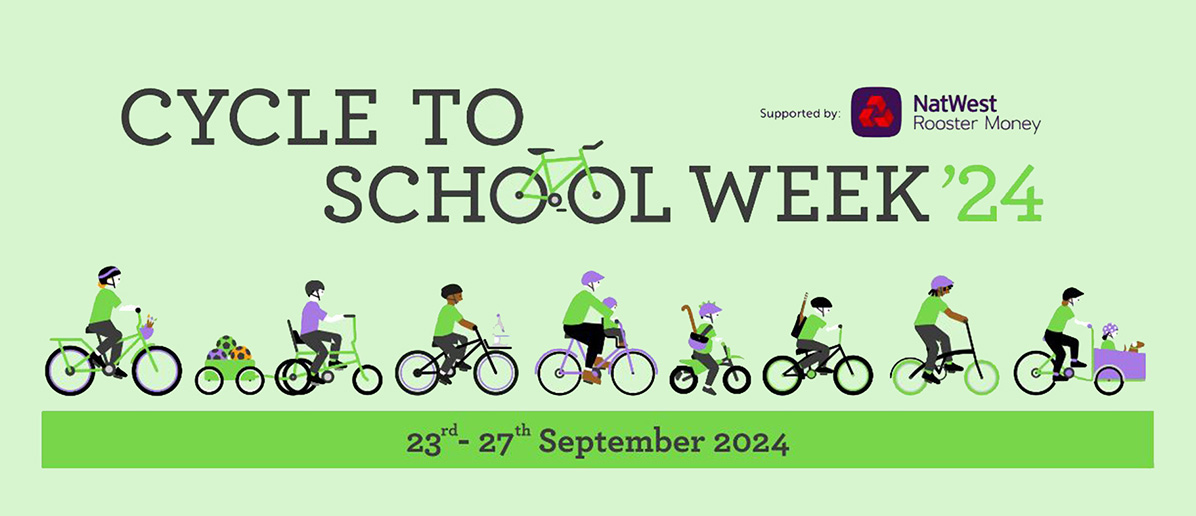
19 September 2024
Cycle to School Week: Encouraging a Healthier, Greener Future
21 November 2024
Christmas and New Year 2024
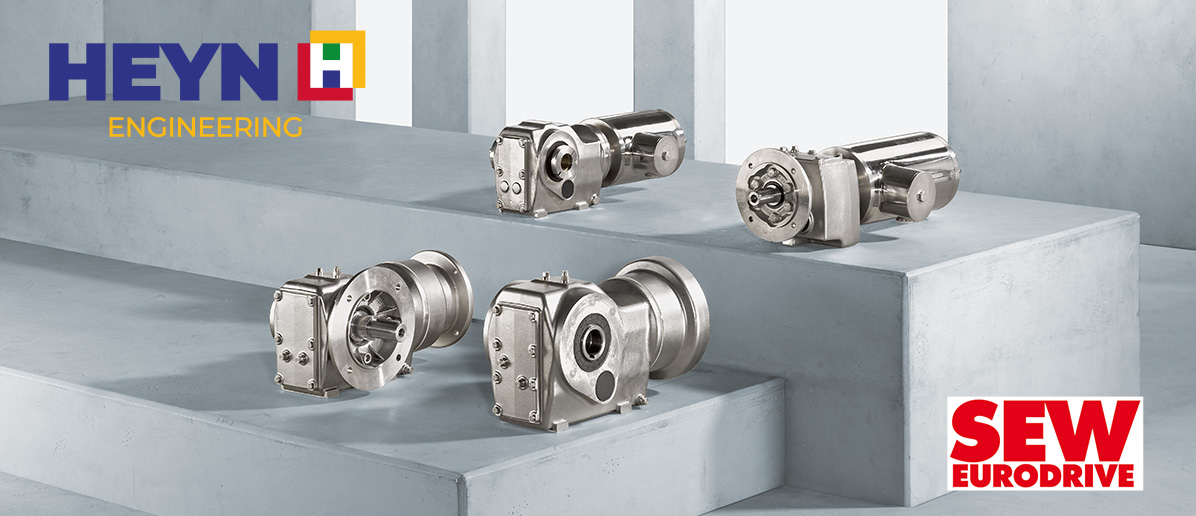
26 November 2024
Heyn Engineering Excited to Expand with SEW Stainless Steel Gear Units
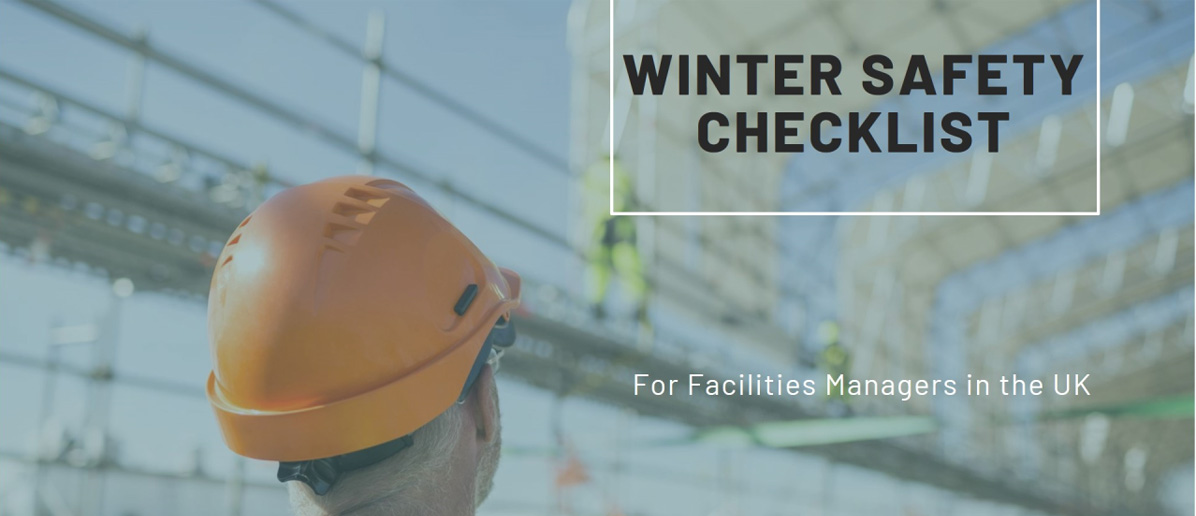
26 November 2024
Winter Safety Checklist for Facilities Managers in the UK

12 December 2024
The New Waste Legislation Coming in March 2025: What You Need to Know
17 December 2024
Christmas 2024
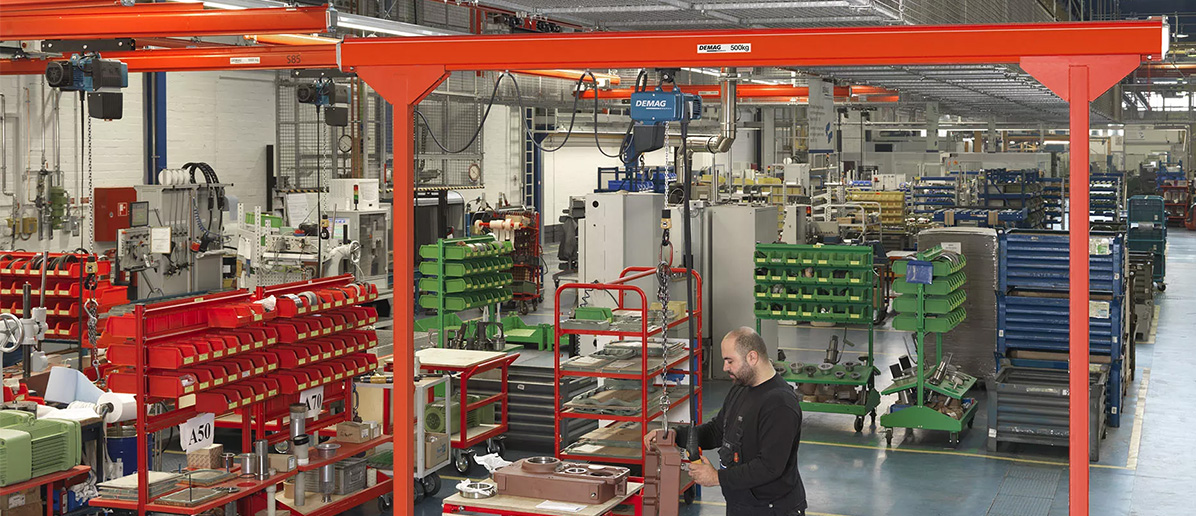
06 January 2025
Heyn Engineering provides solutions for manufacturing and logistics
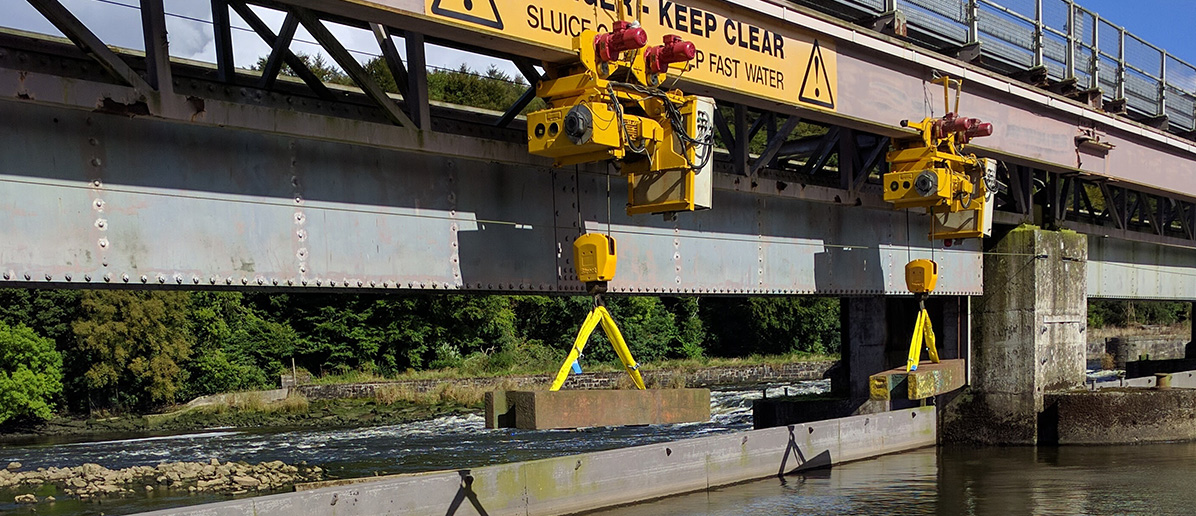
13 January 2025
Heyn Engineering : Load Testing Services

13 January 2025
The Benefits of Greenskeeper Rubber Matting for Golf Courses During Winter
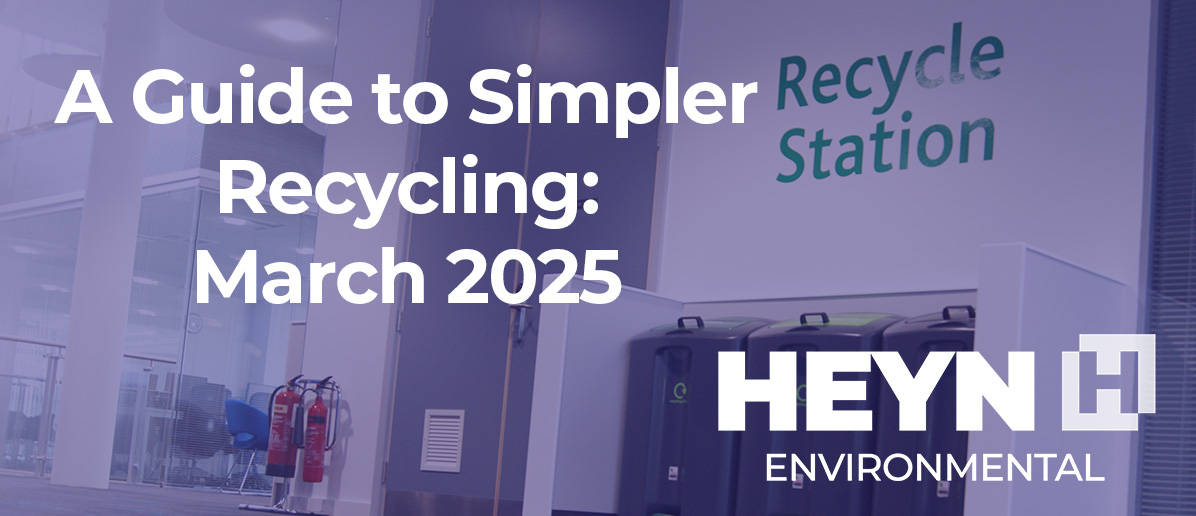
17 January 2025
Simpler Recycling: Don't get caught out with the new legislation
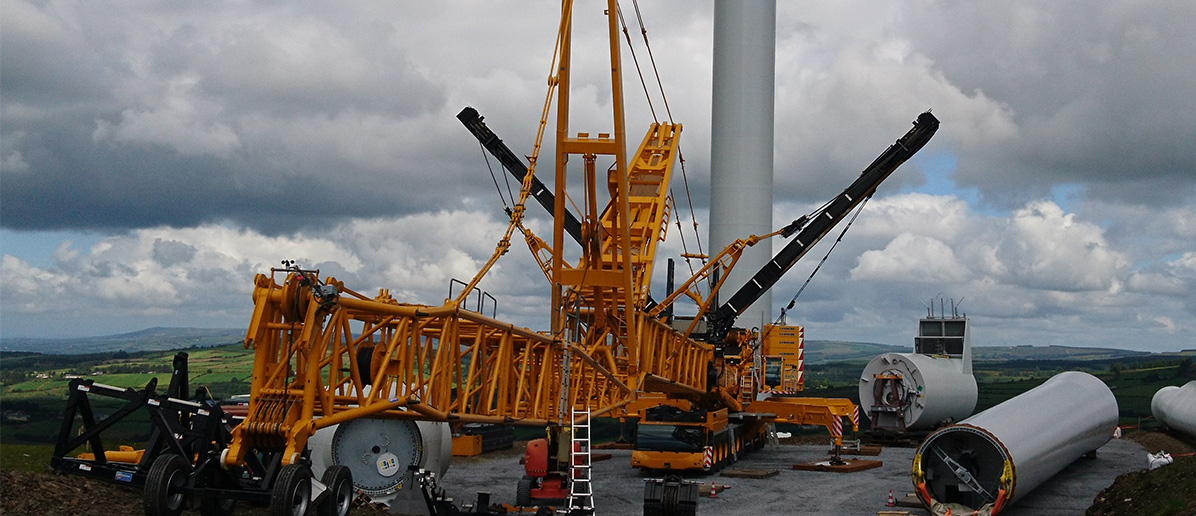
24 January 2025
How to Prevent Damage to Cranes in High Winds: Preparing for Storm Eowyn and Beyond
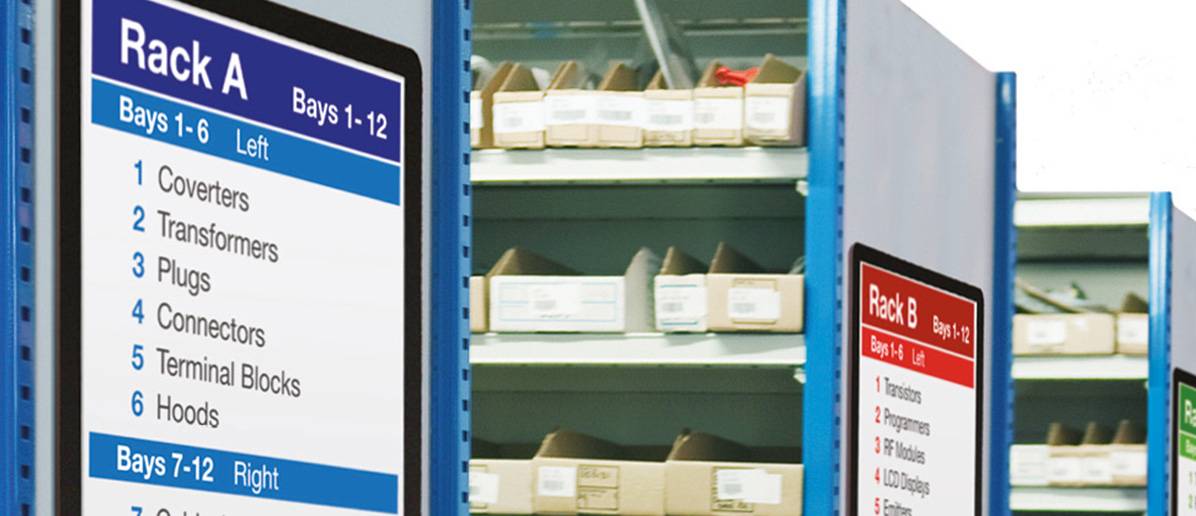
27 January 2025
Labelling & Identification Solutions by Heyn Environmental
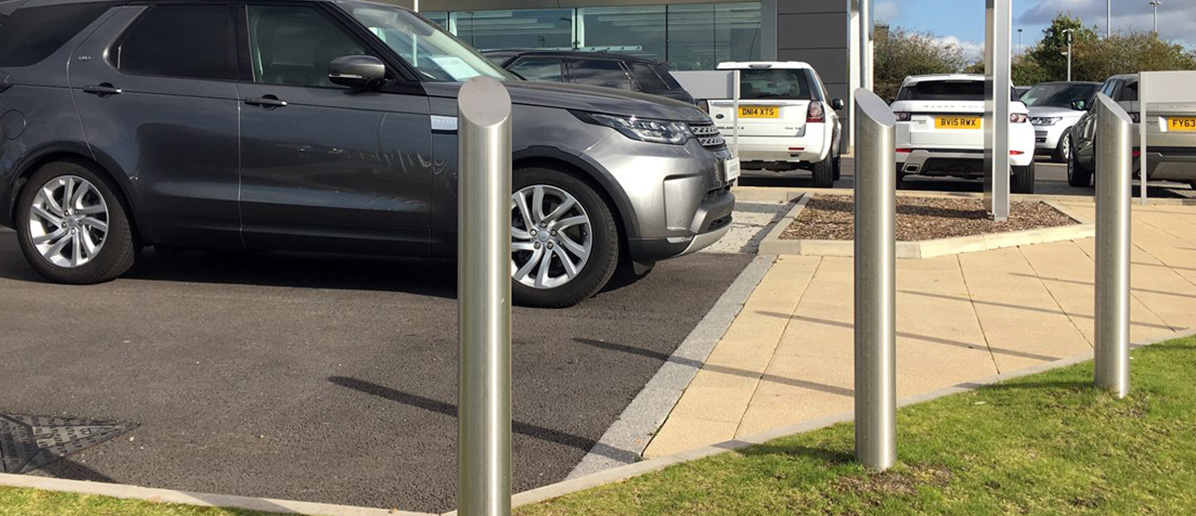
11 February 2025
Rising Car Crime in the UK: Protecting Your Vehicle at Home and in Public Spaces
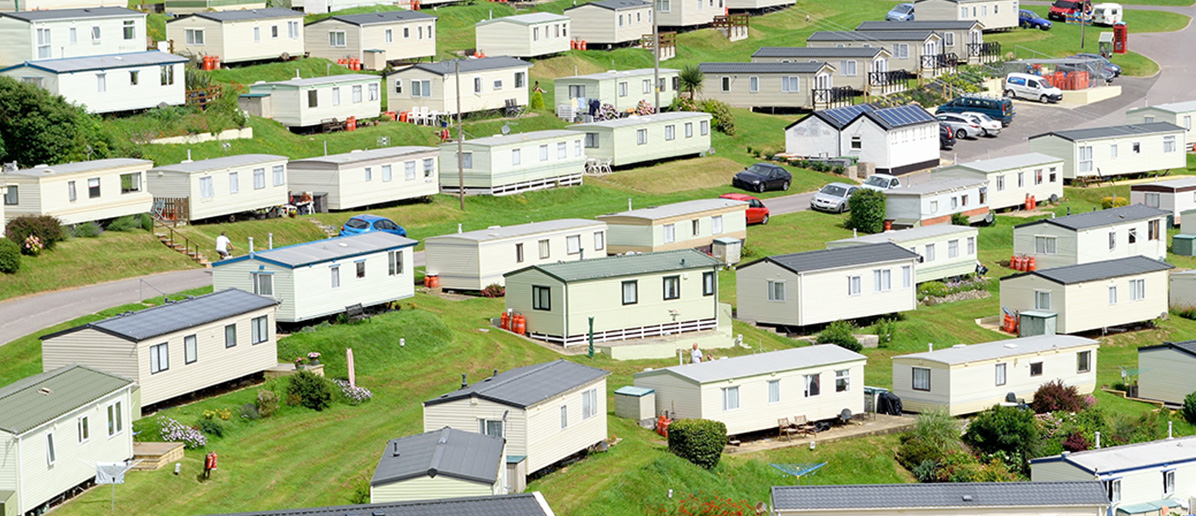
18 March 2025
Enhance Your Leisure and Caravan Parks with Heyn Environmental
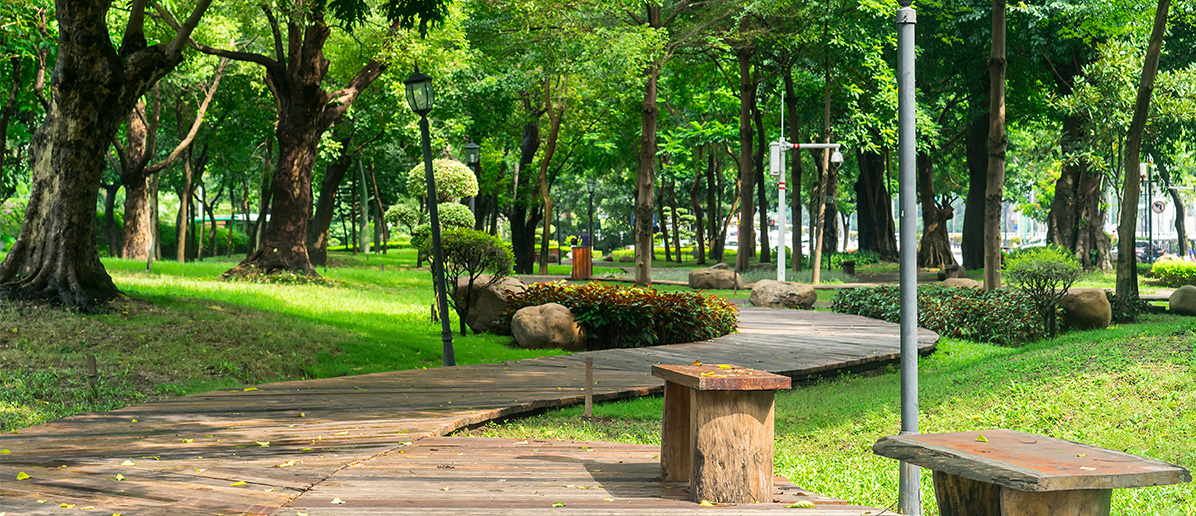
13 May 2025
How Heyn Environmental Helps Local Councils and Community Centres Get Summer-Ready
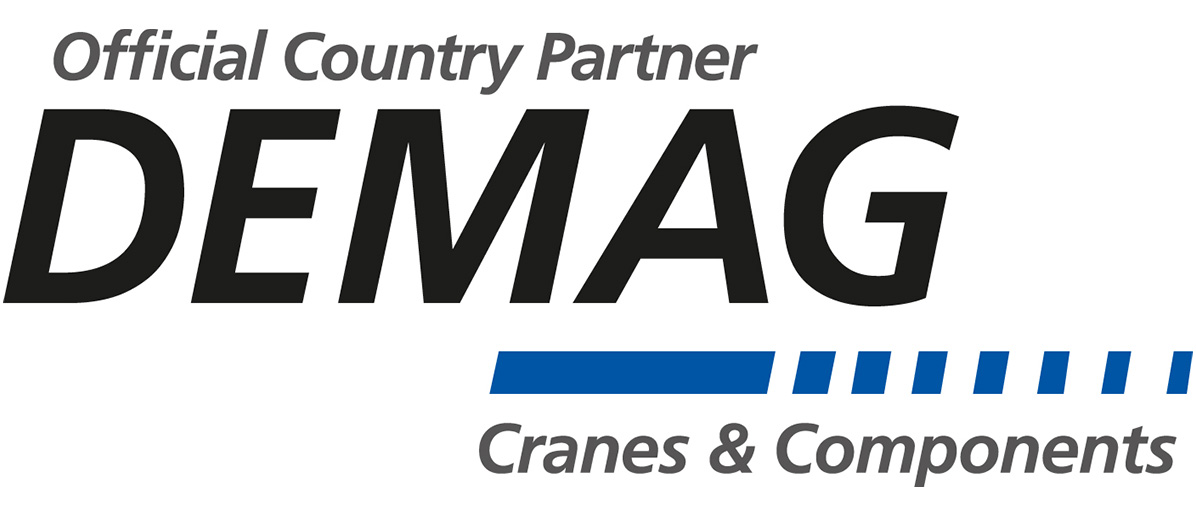
31 July 2025
Celebrating a 50-Year Partnership: Heyn Engineering & Demag Cranes
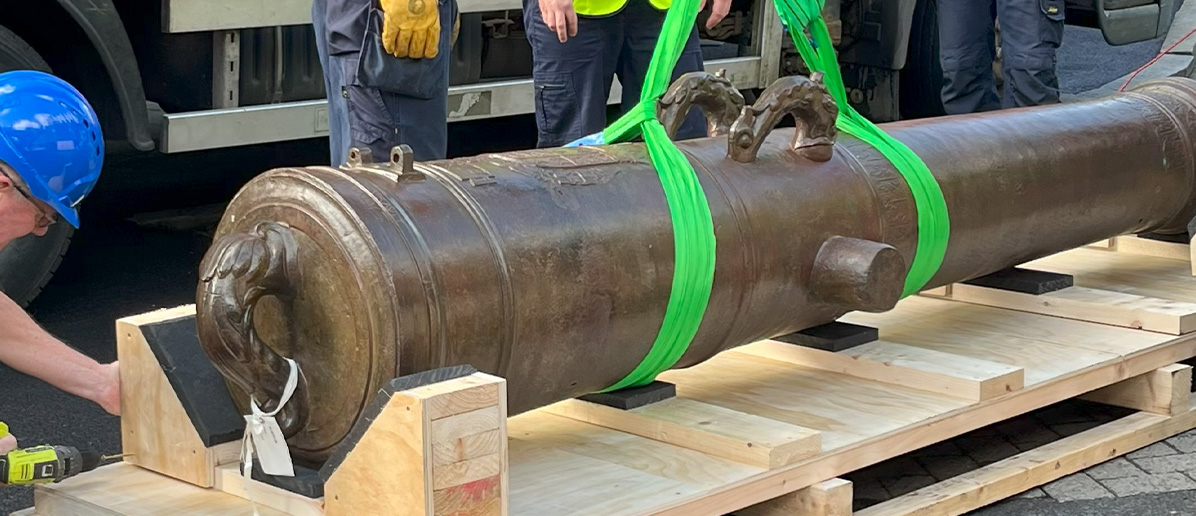
01 October 2025
Heyn Engineering Leads Historic Move of Spanish Armada Collection




